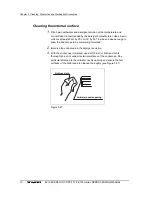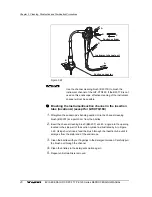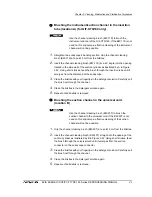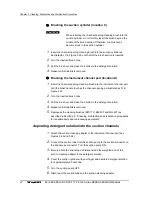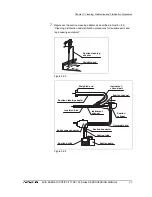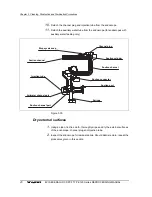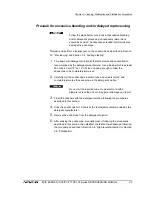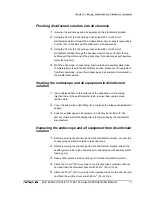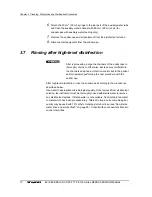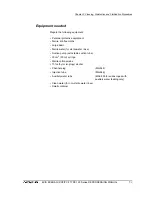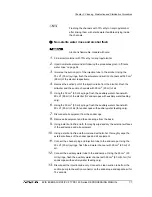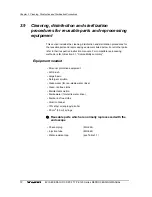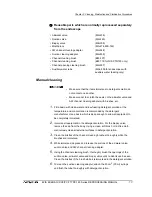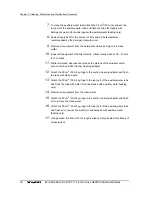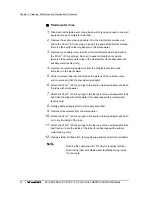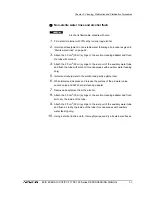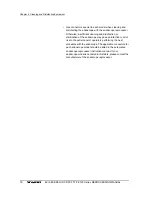
52
Chapter 3 Cleaning, Disinfection and Sterilization Procedures
EVIS EXERA GIF/CF/PCF TYPE 160 Series REPROCESSING MANUAL
6.
Attach the 30 cm
3
(30 ml) syringe to the luer port of the auxiliary water tube
and flush the auxiliary water channel with 90 cm
3
(90 ml) of air (for
endoscopes with auxiliary water feeding only).
7.
Remove the endoscope and all equipment from the disinfectant solution.
8.
Disconnect all equipment from the endoscope.
3.7
Rinsing after high-level disinfection
After reprocessing, purge the channels of the endoscope to
thoroughly dry them. Otherwise, bacteria may proliferate in
the channels and pose an infection-control risk to the patient
and/or operators performing the next procedure with the
endoscope.
After high-level disinfection, rinse the endoscope according to the procedures
described below.
Use water of appropriate microbiological quality. Once removed from disinfectant
solution, the instrument must be thoroughly rinsed with sterile water to remove
any disinfectant residue. If sterile water is not available, fresh potable tap water
or water which has been processed (e.g. filtered) to improve its microbiological
quality may be used with 70% ethyl or isopropyl alcohol rinse (see “Non-sterile
water rinse and alcohol flush” on page 55). Consult with your hospital’s infection
control committee.

